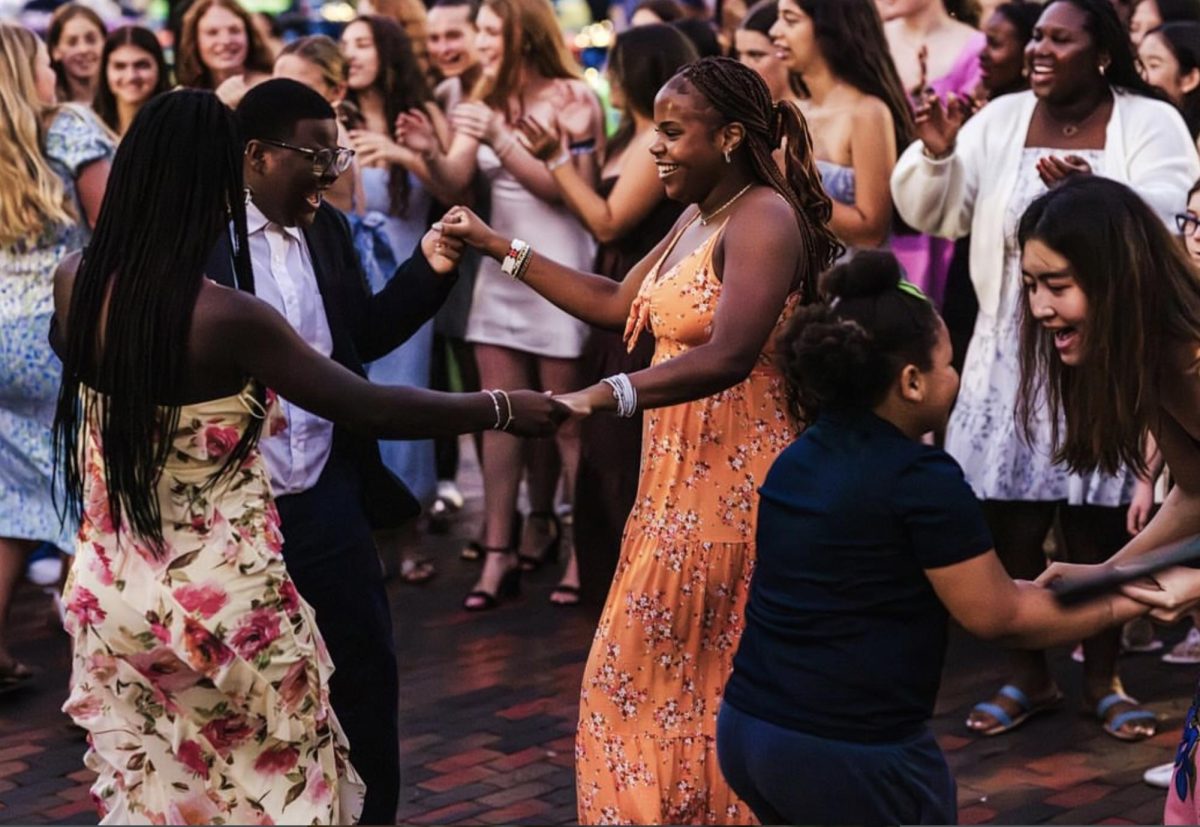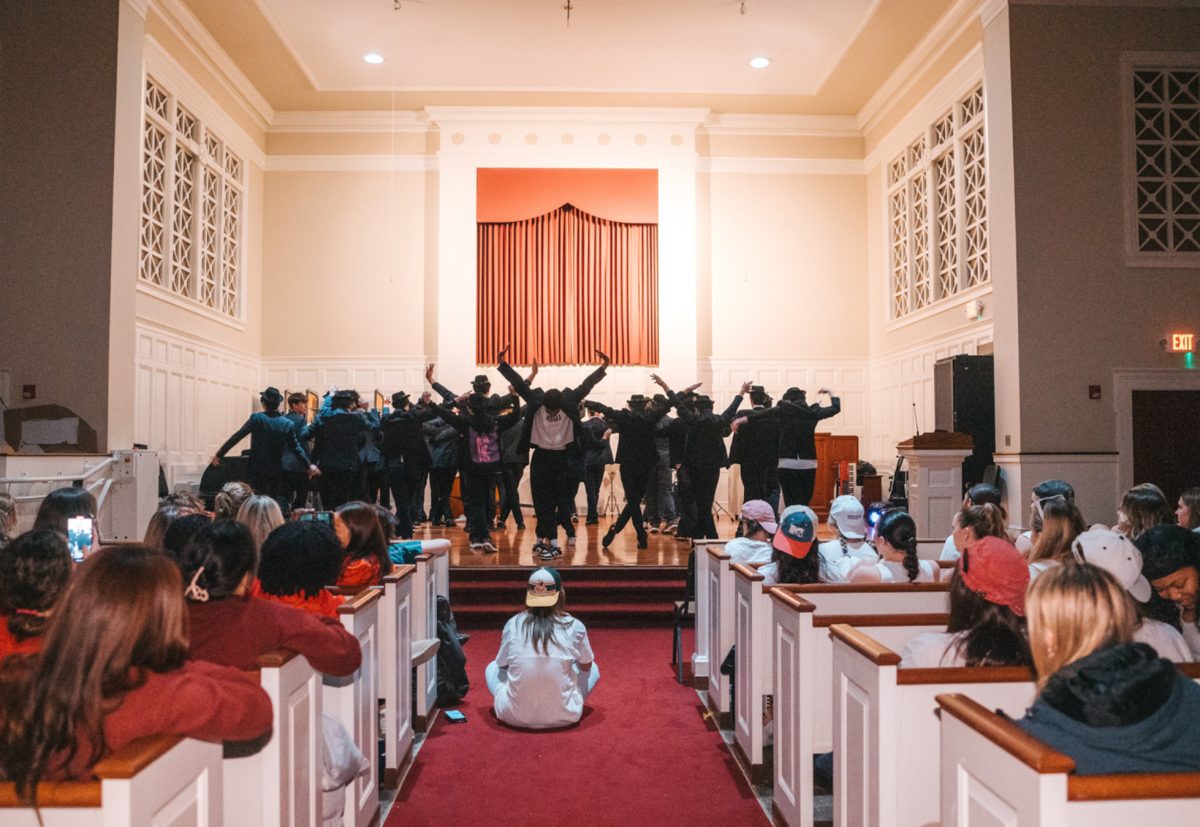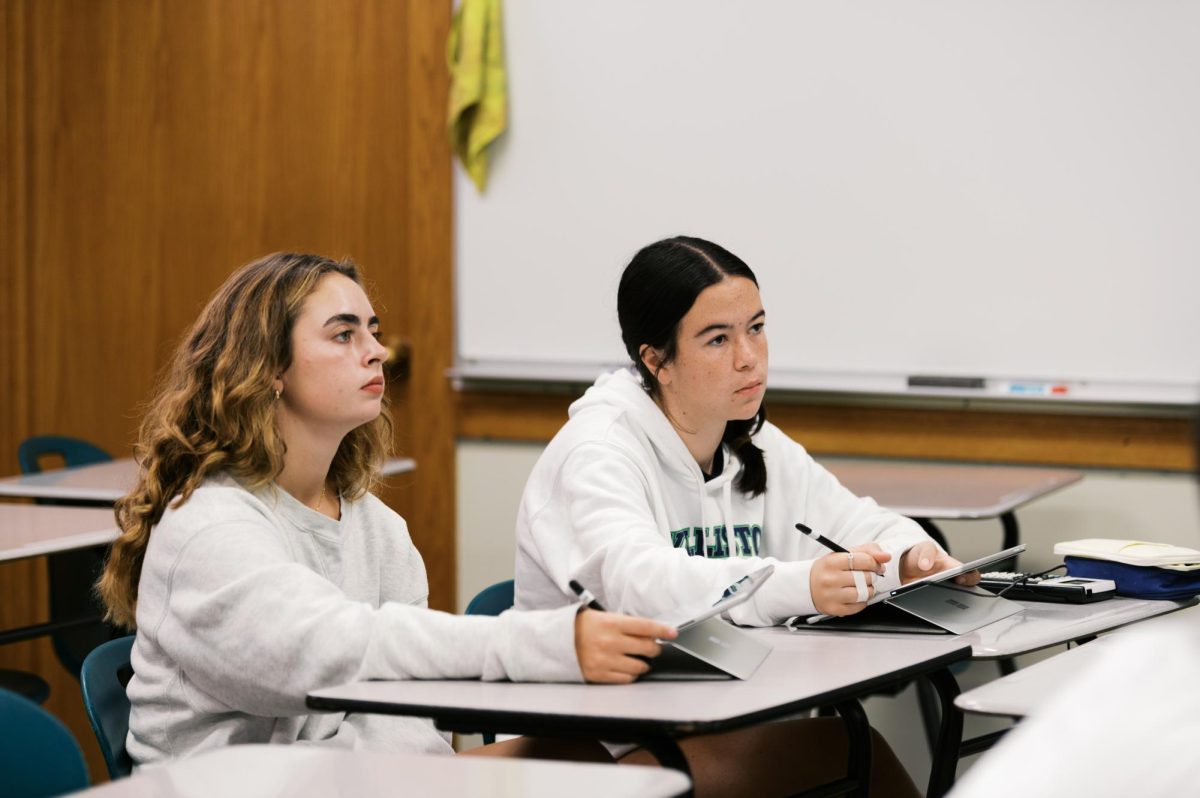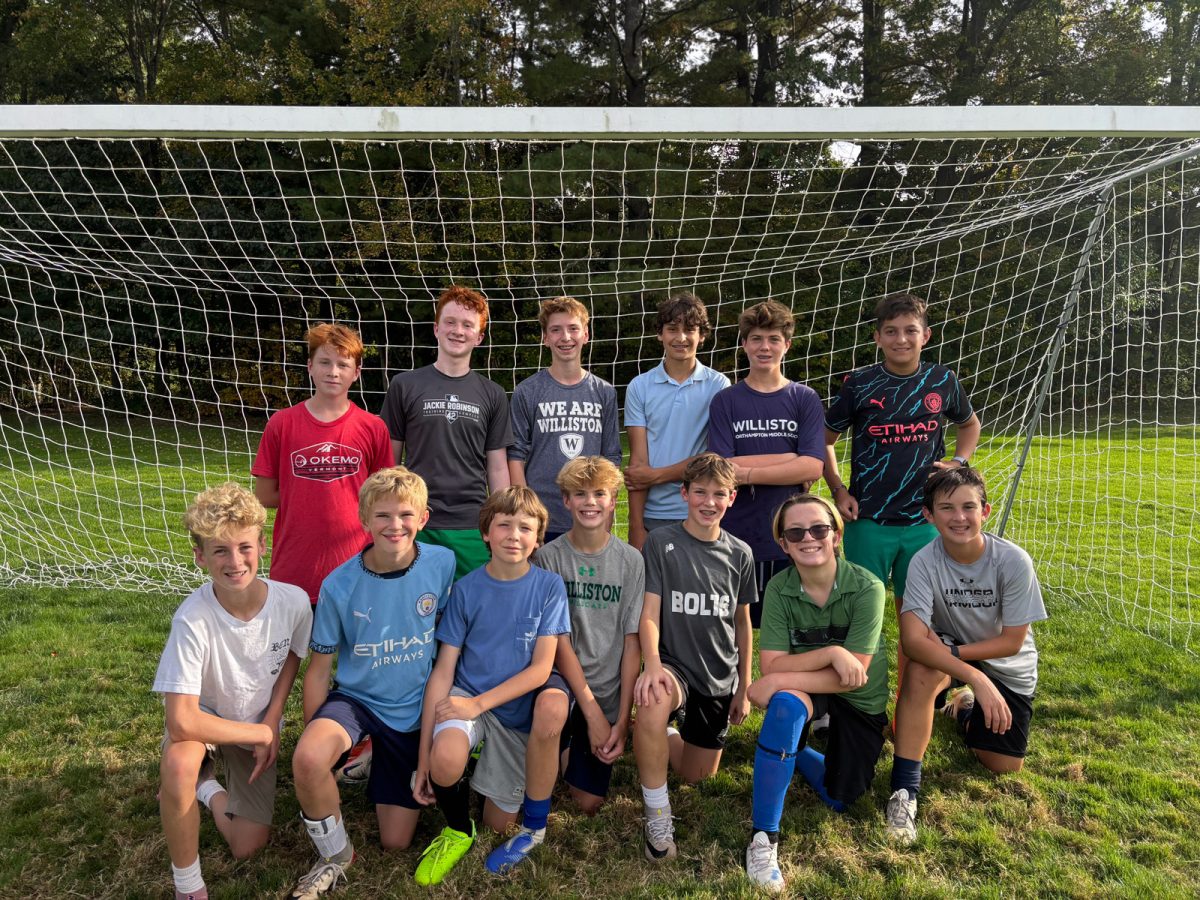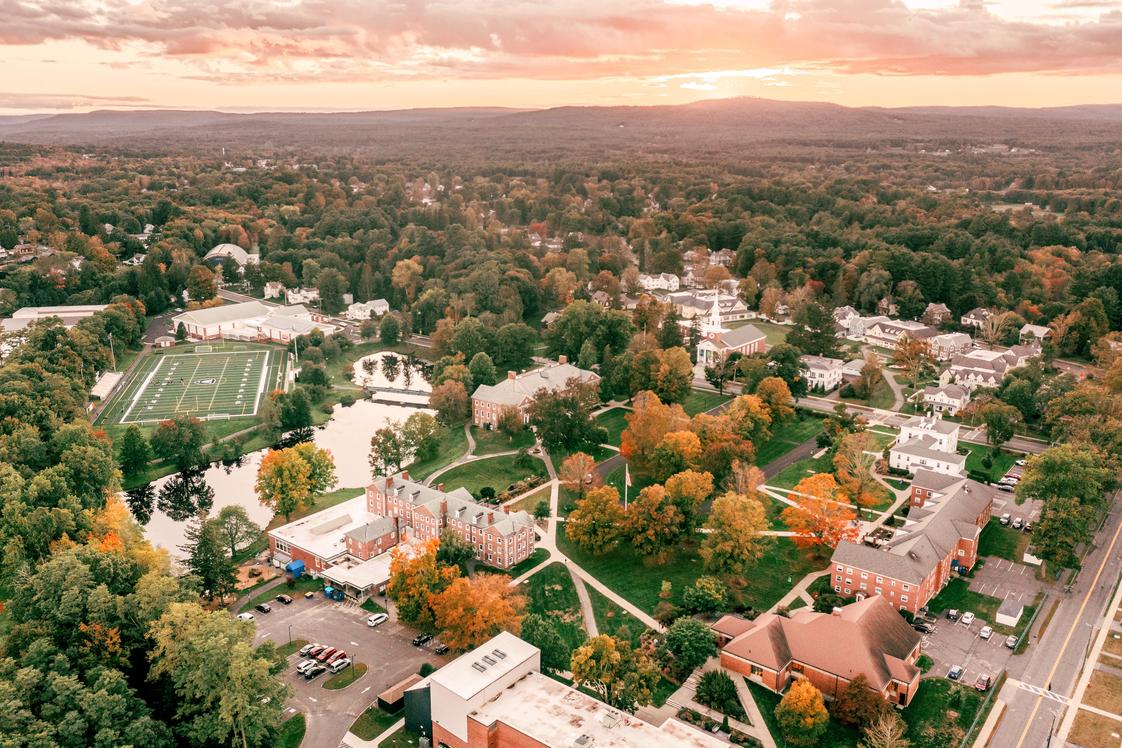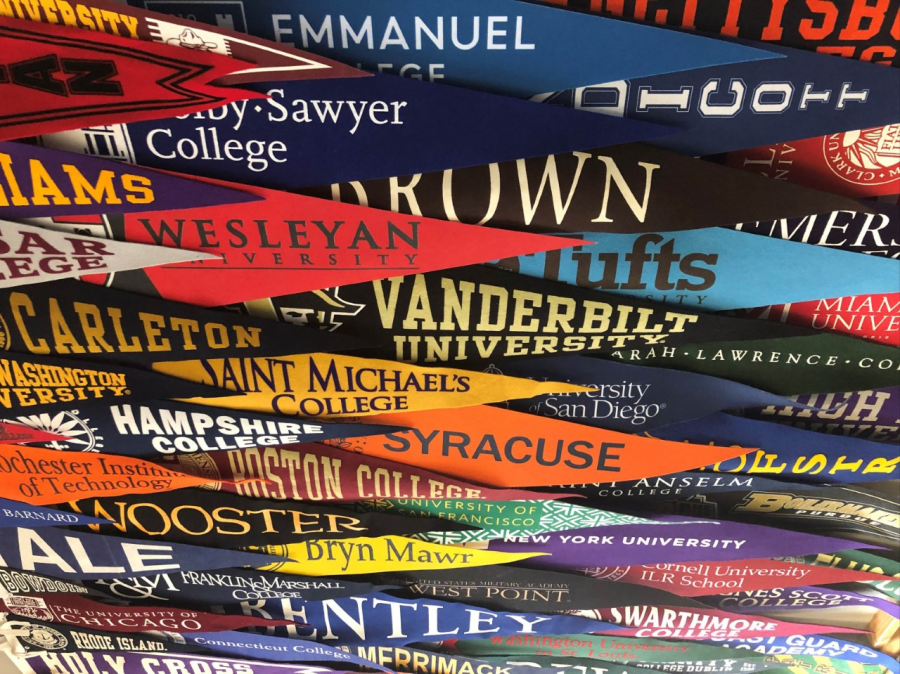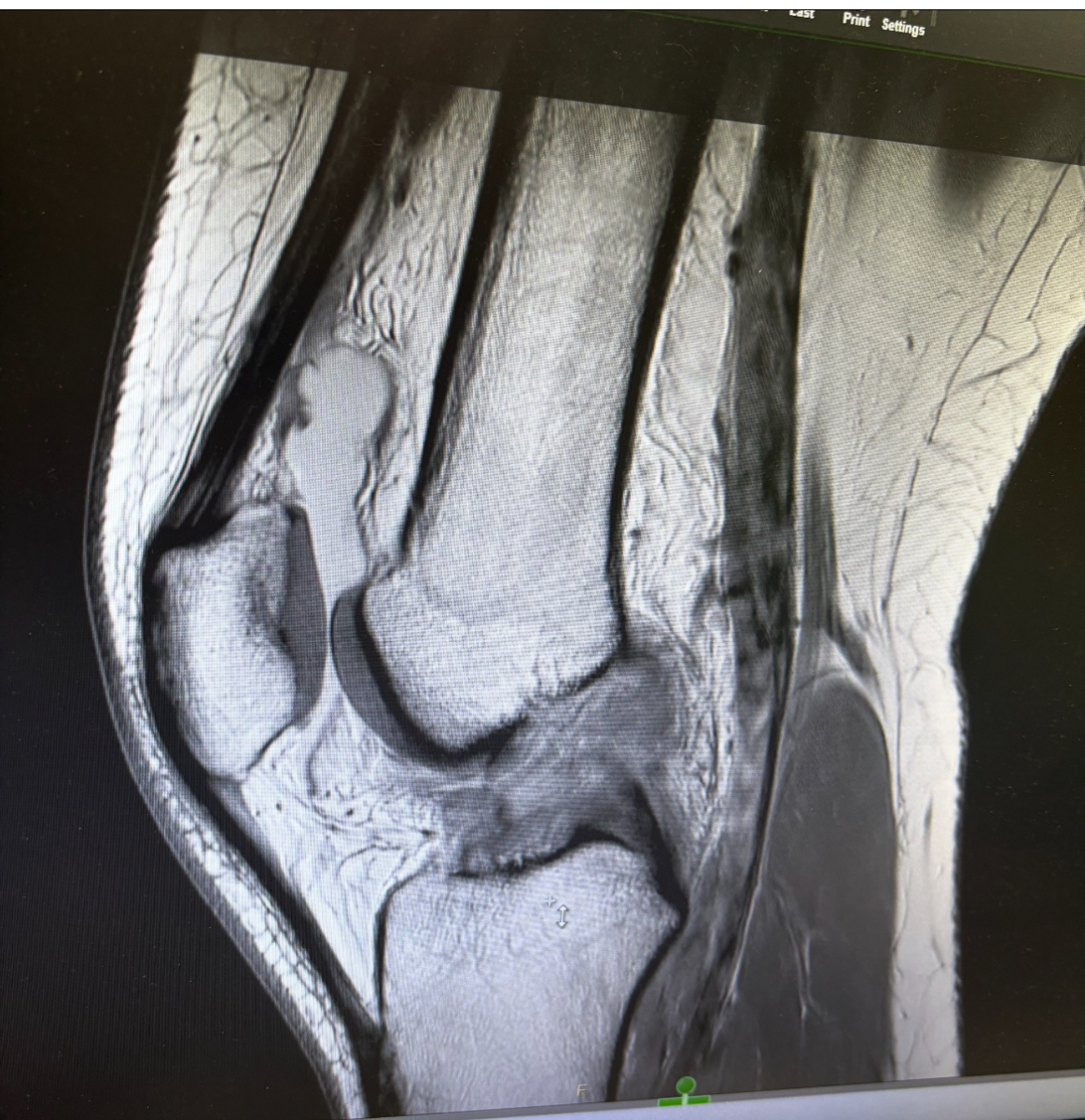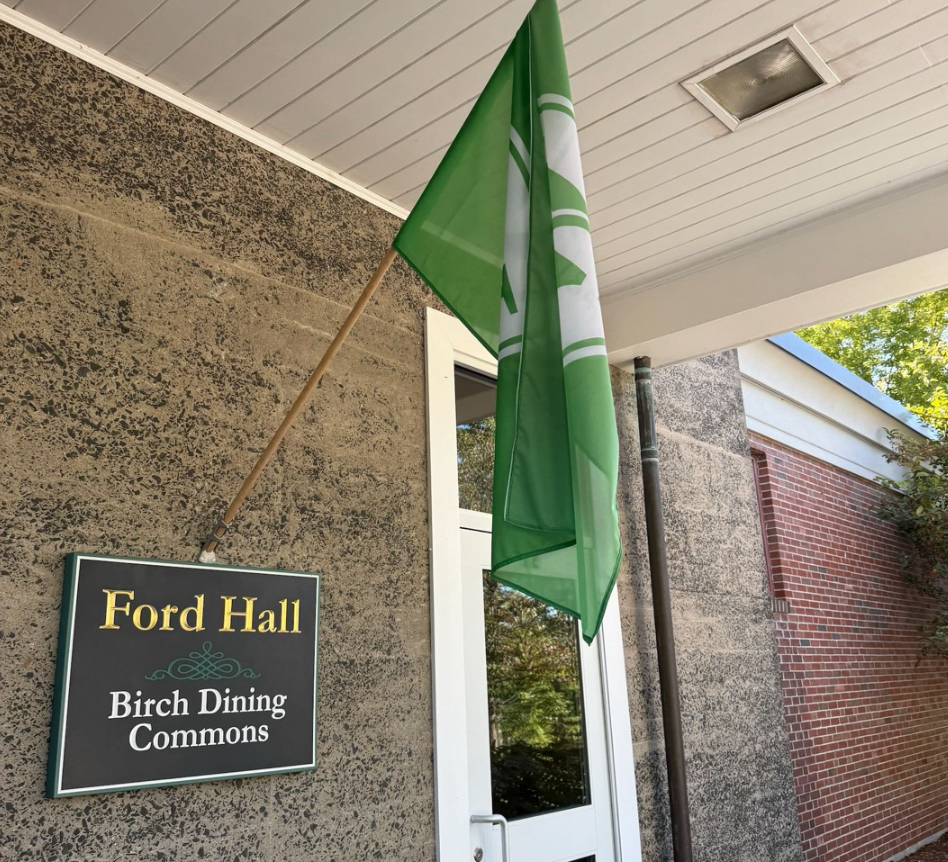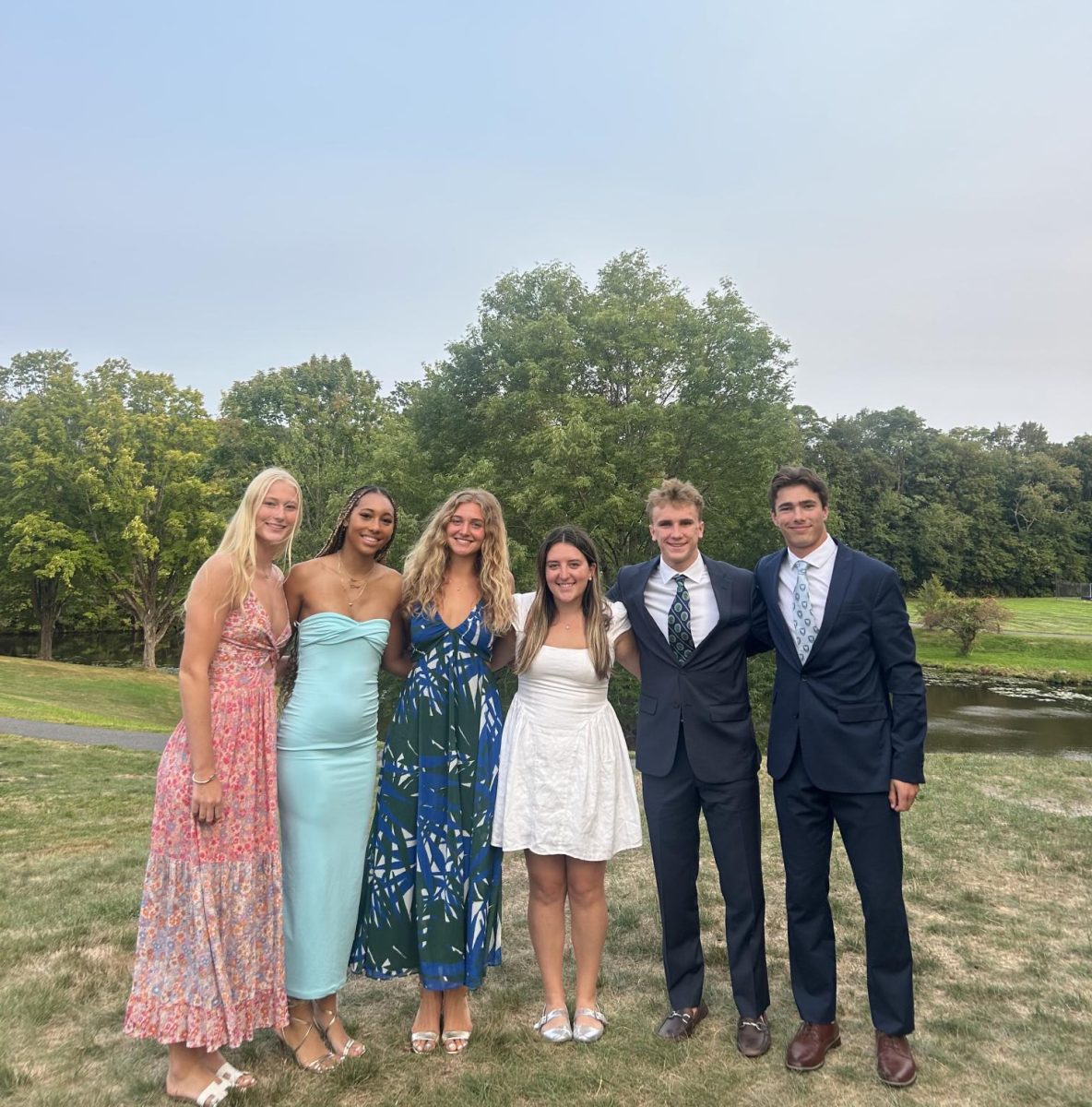The steady beat of drums, the call-and-response of voices, and the vibrant interplay of dance and rhythm: this is the heartbeat of Puerto Rican music, and it’s what students and faculty experienced at our first Community Life Dinner this year on September 26.
This year’s event featured Bomba de Aquí, a Holyoke-based ensemble dedicated to preserving and sharing the rich traditions of Bomba and Plena, two of Puerto Rico’s oldest and most culturally significant musical styles. Known for blending high-energy performances with cultural education, the group has visited Williston in past years during assembly. This time, however, they brought their artistry into a new setting, turning the dinner into a celebration.
Founded with the goal of connecting audiences to Puerto Rican heritage, Bomba de Aquí has performed across New England, not only entertaining but also teaching the cultural and historical roots of their music. In Holyoke, a city with one of the largest Puerto Rican communities outside the island, the group plays a vital role in keeping these traditions alive for younger generations.
“The local connection has been at the heart of Bomba de Aquí’s mission and identity from the very beginning,” said Saul and Brenda Peñaloza Cepeda, co-directors of the ensemble. “Holyoke, Massachusetts—often called ‘the Puerto Rican capital of New England’—has one of the largest Puerto Rican populations outside the island. Bomba de Aquí was born in this environment of migration, resilience, and pride. The group emerged not just to perform, but to preserve and uplift the cultural traditions that many families carried with them from Puerto Rico to the mainland.”
They added, “Because Holyoke’s community includes generations of Puerto Ricans who have fought for visibility and representation, Bomba de Aquí’s mission naturally evolved to educate, empower, and connect people through Bomba. Their programs in schools, libraries, and public spaces invite both Puerto Ricans and non–Puerto Ricans to experience the art form as living history—one that speaks to identity, resistance, and celebration.”
For the Peñalozas, teaching is just as vital as performing. “By teaching, we are building future tradition bearers — youth who can carry Bomba into the next century with pride and creativity,” they said. “Performing inspires people for a moment; teaching transforms them for life. That’s why education is not a side mission for us — it’s the foundation of everything we do.”
They recalled one particularly powerful moment from their work in Holyoke. “During a school workshop in Holyoke, we invited a group of students—many of them Puerto Rican but disconnected from their cultural roots—to join the Bomba circle,” they said. “At first, they were shy, unsure of what to do. But as the drums began to speak and the dancers moved, something shifted. One young girl stepped forward to dance, and when she finished, she ran back to her seat with tears in her eyes and said, ‘That felt like home.’ That’s when we know the mission of Bomba de Aquí is alive and doing exactly what it was meant to do.”
When asked what they hoped Williston students would take away from their performance, Saul and Brenda said, “If students at Williston walk away with one lasting impression, I hope it’s the understanding that Bomba is more than music and dance — it’s a living expression of identity, freedom, and connection. I want them to feel the power of the drum not just as a rhythm, but as a voice — one that carries the stories of our ancestors, the strength of our communities, and the joy of being seen and heard.”
Mr. Nat Simpson, Language Teacher and International Student Coordinator, said the performance was designed to enhance the sense of community during the dinner. “I hope that the performance will enhance the interactions of people when they attend the dinner, that it brings everyone together more because music unites people,” Simpson said. “Music is something that brings people together, and this being the fourth visit and performance of Bomba de Aquí to our campus, people are familiar with and excited about the energy and passion that they bring with them. Their music is contagious even if people do not know what is being sung in Spanish because the spirit of the music, facilitated by Brendaliz and her accompanists, brings everyone together.”
On bringing Bomba de Aquí into a new format, Simpson said, “This new format affords the school to interact with the music in a new venue rather than the Chapel assembly time and space which we have done for the last two years. The format of the community life dinner is a two-fold because we are already together as a community enjoying a sit-down, formal meal together, and the musical performance will make the dinner even more memorable and meaningful.”
He also hopes students took something deeper away from the experience. “My hope is that students will take away a greater appreciation for Hispanic music, specifically the Puerto Rican genre of Bomba, for which the group ‘Bomba de Aquí’ is named after,” he said. “Just as the Bomba de Aquí musicians represent their culture, history, and identity through the music and dance, it is my hope that our students, and faculty too, will acknowledge the group’s intent and hope and will show up to dance and enjoy the music. Even for those who would prefer to not dance, there can still be an appreciation for and willingness to learn from the Bomba de Aquí performance through intently listening to their commentary during their performance.”
Through rhythm, history, and shared spirit, Bomba de Aquí’s performance brought the Williston community together, reminding everyone that music is more than sound— it’s about connection, culture, and pride.



